Kingdom Animalia Subphylum Vertebrata Infraclass Lepidosauromorpha Rank Species | Phylum Chordata Class Reptilia Superorder Lepidosauria | |
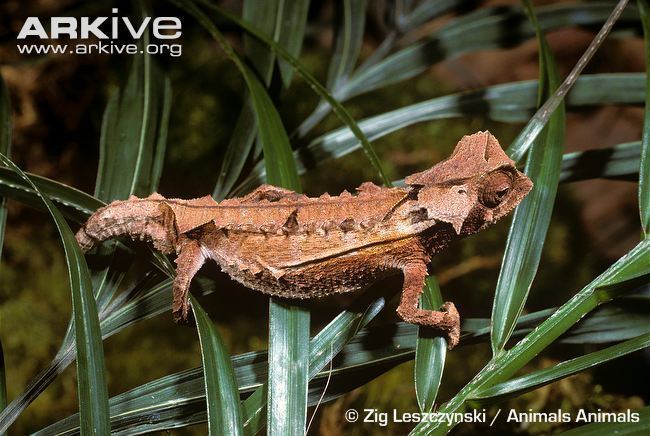 | ||
Similar Brookesia ebenaui, Brookesia ambreensis, Brookesia bonsi, Brookesia peyrierasi, Mount d'Ambre leaf cham | ||
Brookesia decaryi angel 1939
Brookesia decaryi is a species of chameleon, which is endemic to Madagascar, and is ranked as an endangered species by the International Union for Conservation of Nature (IUCN). It was initially described in 1939 by Fernand Angel.
Contents
- Brookesia decaryi angel 1939
- Etymology
- Geographic range
- Habitat
- Reproduction
- Behavior
- Conservation status
- Common names
- References
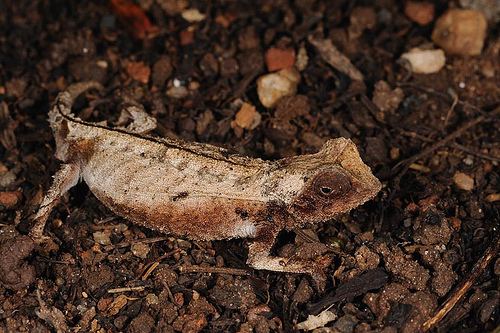
Etymology
The specific name, decaryi, is in honor of French botanist Raymond Decary.
Geographic range
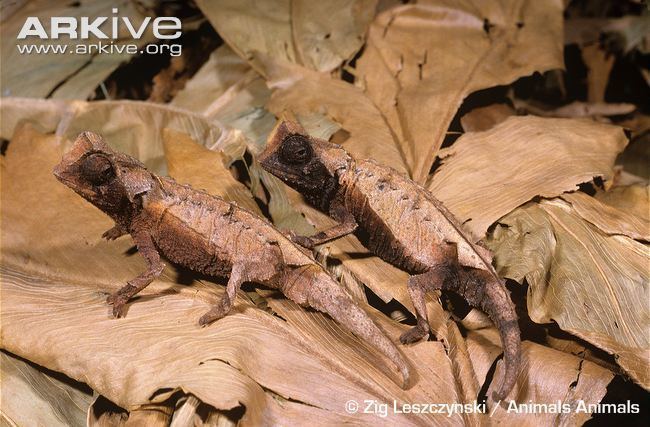
Brookesia decaryi can only be found on the island of Madagascar in Ankarafantsika National Park (Parc National d'Ankarafantsika), northwest Madagascar.
Habitat
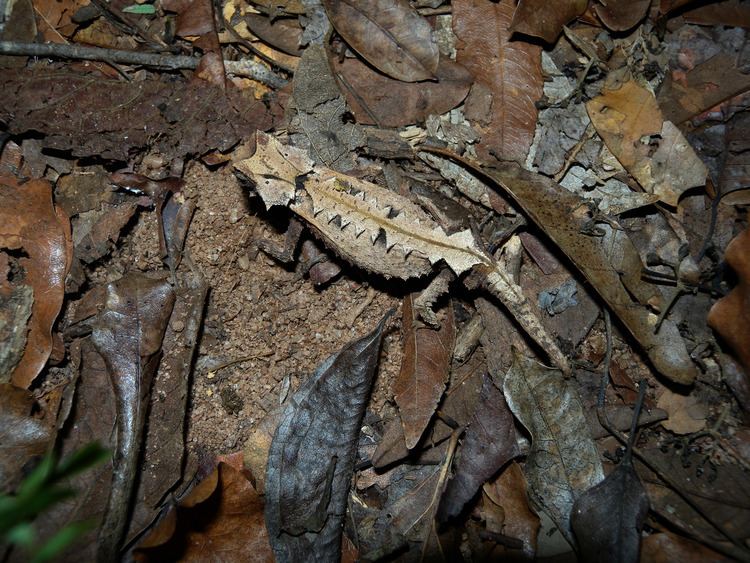
B. decaryi can only be found at elevations under 200 m (660 ft) above sea level. The species can be found over an area of 1,300 km2 (500 sq mi) – the size of the Parc National d'Ankarafantsika – in dry forest.
Reproduction
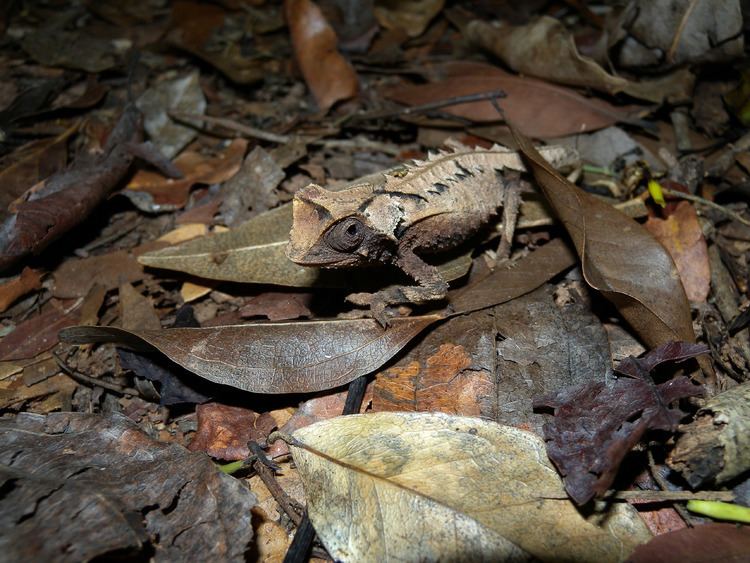
Details about the reproduction of this chameleon are unknown, although "clutch sizes" of between two and five eggs have previously been found.
Behavior
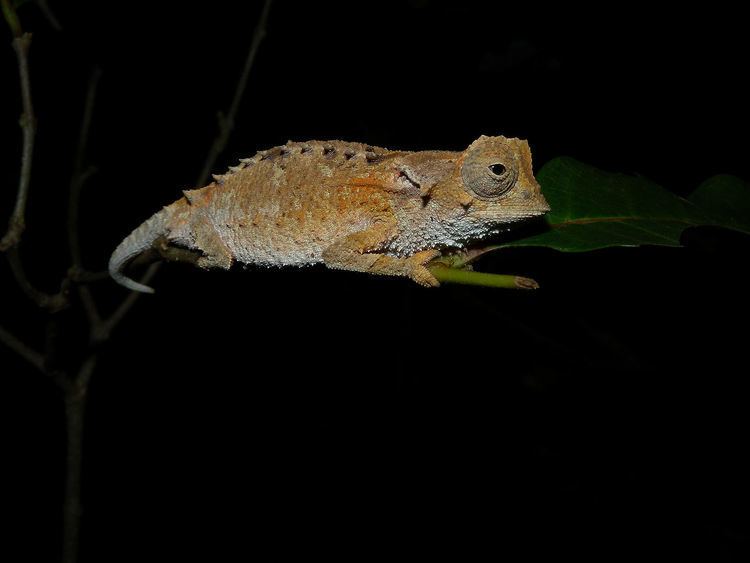
B. decaryi is diurnal (sleeps at night, awake in the day) and sleeps at a mean height of 0.17 metres (0.56 ft), mainly on small plants, logs (fallen), and small trees.
Conservation status
The species is classed as endangered by the IUCN, and the population is decreasing. It was described by Angel in 1939. It is protected under the laws of Malagasy (Madagascar), although it can be collected, if authorised, but collection in the Parc National d'Ankarafantsika is not permitted. The spiny leaf chameleon is threatened by wood harvesting, fires, farming, and ranching.
Common names
B. decaryi is commonly known as Decary's leaf chameleon, the spiny leaf chameleon, or Decary's pygmy chameleon.
